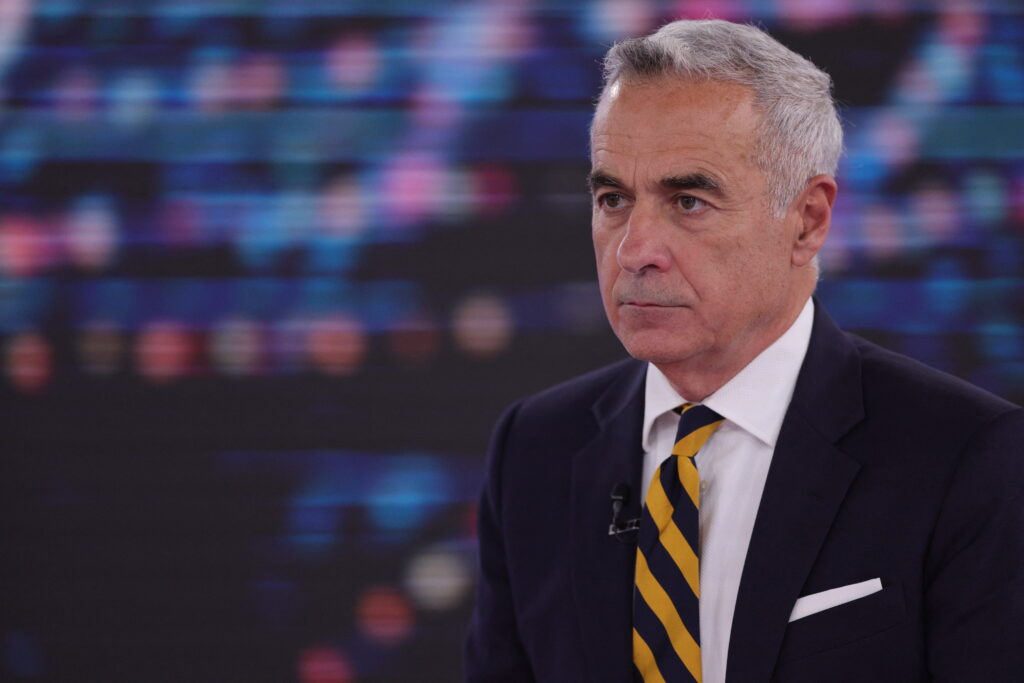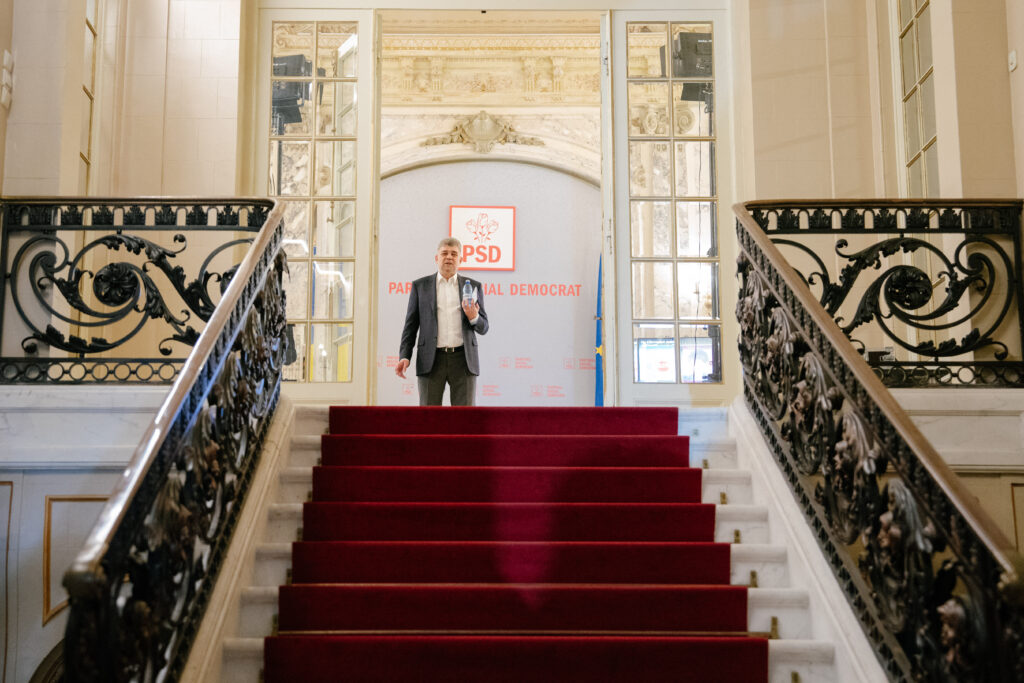Brussels – The second round of presidential elections in Romania will be a clash between the ultranationalist candidate Călin Georgescu and Elena Lasconi, leader of the liberal opposition USR party. Surprisingly, the independent Georgescu won a relative majority in the first round on Sunday (Nov. 24), while Lasconi trailed the incumbent premier, the Social Democrat Marcel Ciolacu, who resigned along with the leader of his coalition partner, Nicolae Ciucă, of the other liberal party NLP, by just 0.3 percent. The runoff is set for Dec. 8 and will have significant consequences for the Balkan country.
With 100% of the counting completed, the final results officially handed Georgescu, an independent candidate from the populist far right, the top spot with 22.94 percent of the vote. It was a surprise that no one predicted and created havoc in Romanian politics as the electoral platform of Georgescu — who campaigned on TikTok – is markedly pro-Kremlin and anti-NATO.
So much so that, speaking from Strasbourg during the plenary of the European Parliament, Liberal group leader Valérie Hayer publicly called on the social network’s CEO “to appear before this Parliament to assure us that no DSA violations have taken place” during the election campaign, referring to the EU digital services regulation that imposes transparency requirements on online platforms.

In second place, that is, to secure a spot in the Dec. 8 runoff, USR candidate Elena Lasconi narrowly prevailed with 19.18 percent of the vote, only 2740 votes more than Prime Minister Marcel Ciolacu (leader of the Social Democratic party PSD). Polls had predicted Ciolacu as the big favorite in a head-to-head contest that should have seen him challenge George Simion (who took 13.86 percent), head of the far-right AUR party in which Georgescu had also been active.
In contrast, Ciolacu finished third with 19.15 percent and therefore stepped down, remaining in office for current business until the next general election, scheduled for Dec. 1. This vote could yield a Parliament decidedly shifted to the right, if voters decide to reward again the ultra-nationalist and pro-Russia right-wing forces, which between Georgescu and Simion garnered about 36 percent in the first round of the presidential elections. According to some analysts, radical right-wing parties could win more than a third of the seats in the new hemicycle.
Together with Ciolacu, Nicolae Ciucă, secretary of the NLP, which governs in Bucharest in coalition with the PSD, stepped down as well after winning only 8.79 percent of the vote –the worst result ever for the PSD and the NLP, the two largest parties in post-communist Romania. The new leader of the NLP, Ilie Bolojan, asked his party’s voters to support Lasconi in the runoff to keep the Balkan country on a pro-European and pro-NATO course. No official endorsement has yet come from the PSD for the USR candidate, but it is likely just a matter of time.

Another far-right party, SOS Romania, will surely side with Georgescu in the second round, as will AUR, while it is unclear what the other conservative parties will do. Georgescu has publicly expressed sympathy for some Romanian leaders of the 1930s and 1940s, including Ion Antonescu, who collaborated with the Nazi occupation forces, labeling them “national heroes” and “martyrs.”
With the end of the era of the liberal Klaus Iohannis, elected head of the Balkan state in 2014 and again in 2019, Romania may now face five years of leadership by an anti-system president close to Vladimir Putin. This risks calling into question (among other things) Bucharest’s international positioning and support for the Ukrainian resistance.
English version by the Translation Service of Withub




